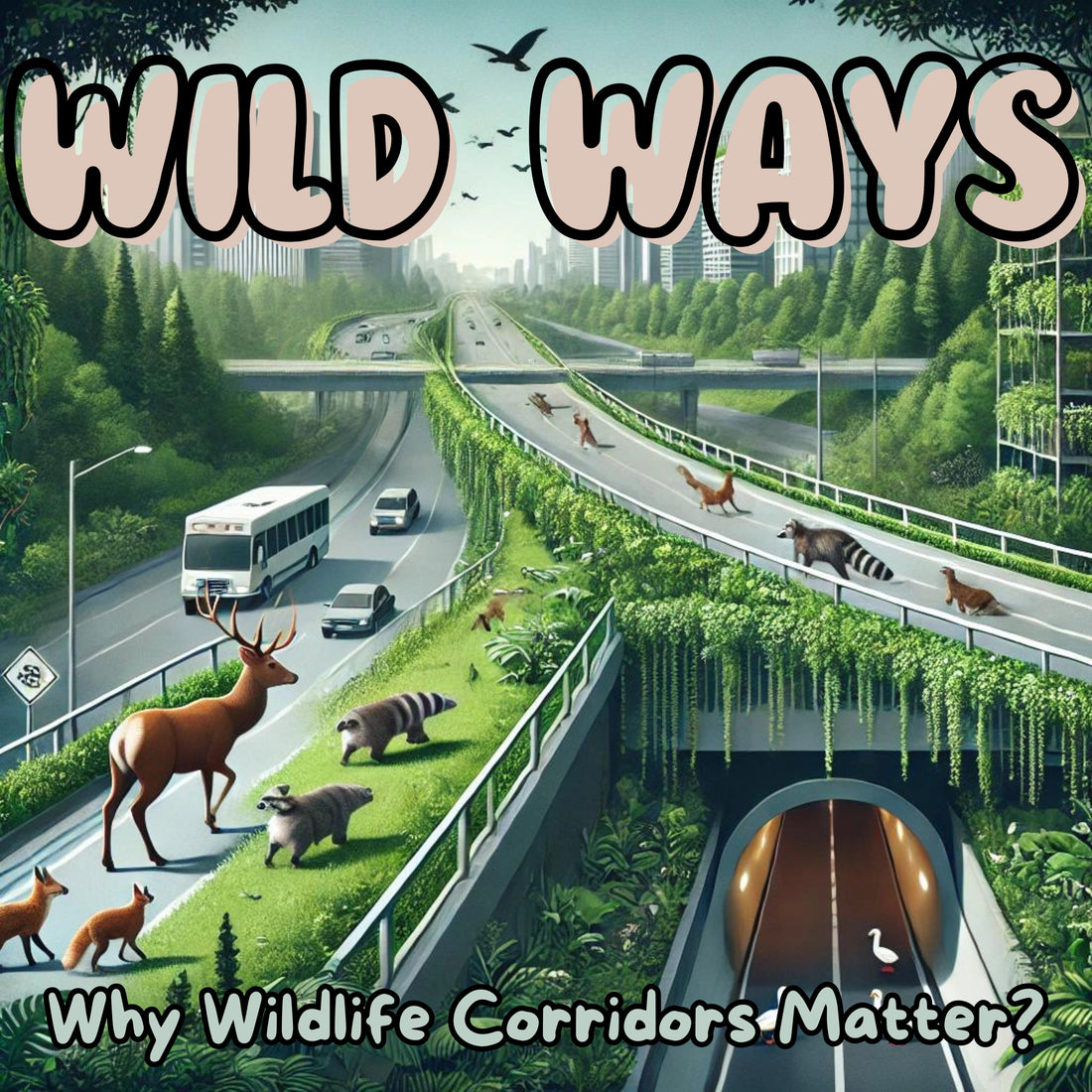
Wild Ways: Why Wildlife Corridors Matter

Ever wonder how animals make their way through our ever-growing cities and sprawling suburbs? The magic behind their safe travels often lies in wildlife corridors—nature’s own green highways that connect fragmented habitats and help creatures navigate their way through a maze of urban and rural landscapes. These corridors are essential for ensuring that wildlife can thrive, migrate, and find everything they need to survive.
Here’s the lowdown on why wildlife corridors are crucial for habitat preservation and how you can contribute to their success. Buckle up for top tips, hacks, dos and don’ts, and fascinating facts about these eco-friendly pathways!
Top 7 Hacks to Support Wildlife Corridors
- Transform Your Garden into a Wildlife Oasis: Give your garden a makeover by planting native species, adding bird baths, and setting up insect hotels. Think of your backyard as a VIP lounge for local wildlife, offering food, water, and shelter.
- Push for Wildlife Crossings: Champion the cause of wildlife bridges and underpasses in your area. These structures help animals safely cross busy roads and avoid collisions, keeping their travel routes clear and secure.
- Join Corridor Restoration Efforts: Get hands-on by volunteering with organizations that restore and maintain wildlife corridors. Your efforts can help create and sustain these vital green pathways.
- Install Bat Houses and Bird Boxes: Add bat houses and bird boxes to your property to provide safe roosting and nesting sites. These simple additions can support local wildlife and contribute to a functional corridor network.
- Spread the Word: Educate your community about the importance of wildlife corridors. Share information and advocate for conservation projects that focus on maintaining and expanding these green highways.
- Reduce Light Pollution: Use outdoor lighting that minimizes glare and reduces light pollution. This helps nocturnal animals navigate their corridors without being disoriented by bright lights.
- Promote Native Planting: Encourage the use of native plants in landscaping projects. Native flora supports local wildlife and reinforces the ecological connectivity that corridors rely on.

Top 5 Dos and Don’ts for Wildlife Corridor Success
Dos:
- Do Ensure Connectivity: Make sure wildlife corridors connect essential habitats, creating a continuous network that allows animals to move freely between areas.
- Do Use Native Plants: Incorporate native plants into corridor projects to provide appropriate food and shelter for local wildlife, supporting their needs effectively.
- Do Implement Multiple Corridor Types: Design a variety of corridor types, including green bridges, tunnels, and vegetated swales, to accommodate different species and their movement patterns.
- Do Engage the Community: Involve local residents in planning and maintaining wildlife corridors. Public support and participation can enhance the effectiveness and longevity of these pathways.

- Do Plan for Maintenance: Establish a maintenance routine to keep wildlife corridors in top shape. Regular upkeep is crucial for preserving their functionality and supporting wildlife.
Don’ts:
- Don’t Block Corridors: Avoid creating barriers that disrupt wildlife corridors, such as fences or roads. These obstacles can impede animal movement and hinder corridor effectiveness.
- Don’t Use Non-Native Species: Refrain from planting non-native species in wildlife corridors. They can outcompete native plants and disrupt local ecosystems.
- Don’t Overlook Small Species: Ensure that wildlife corridors cater to all species, including smaller animals. Even tiny creatures need access to safe pathways.
- Don’t Neglect Design Quality: Avoid poorly designed corridors that lack adequate cover or connectivity. Proper design ensures that corridors are functional and effective for wildlife movement.
- Don’t Forget Monitoring: Regularly monitor wildlife corridors for issues and address any problems promptly. Ongoing vigilance is key to maintaining the effectiveness of these green pathways.
Top 10 Facts About Wildlife Corridors
- Boost Biodiversity: Wildlife corridors support diverse species by connecting fragmented habitats and maintaining ecological balance.
- Aid Animal Migration: They provide crucial routes for animals to migrate between breeding, feeding, and shelter areas.
- Reduce Roadkill: Corridors help minimize roadkill by offering safe crossing points for wildlife.
- Support Ecosystem Health: By facilitating natural processes and species interactions, corridors contribute to overall ecosystem health.
- Combat Habitat Loss: They mitigate the effects of habitat loss and fragmentation caused by human activities.

- Enhance Genetic Diversity: Corridors connect populations, promoting genetic diversity and reducing inbreeding risks.
- Improve Connectivity: They create a network of connected habitats, enabling species to move across landscapes.
- Boost Wildlife Observation: Corridors offer opportunities for wildlife observation and education, fostering a connection to nature.
- Support Ecosystem Services: Healthy corridors enhance services like pollination, water purification, and soil fertility.
- Promote Community Engagement: They encourage community involvement in conservation efforts, building support for protecting natural habitats.
With these insights and tips, you’re all set to support wildlife corridors and help preserve the incredible biodiversity of our planet. Let’s keep those wild paths open and thriving, making the world a better place for all creatures, big and small! 🌟🦉
